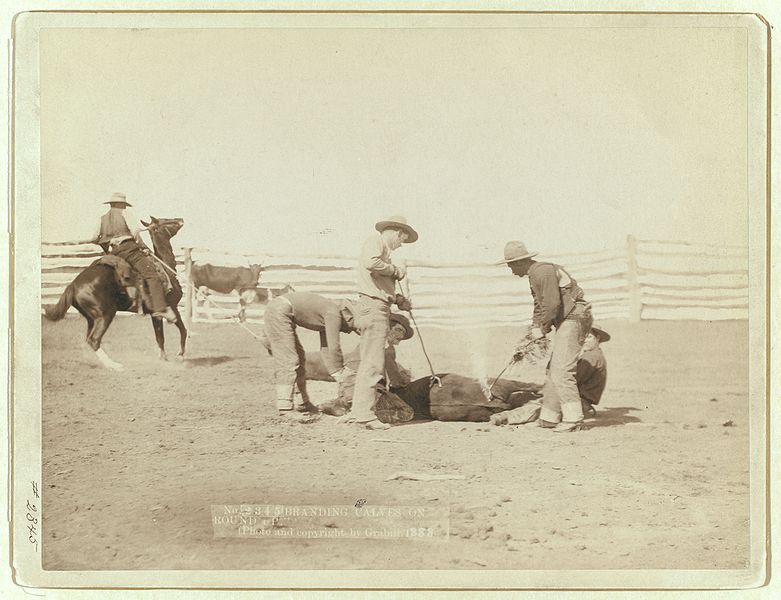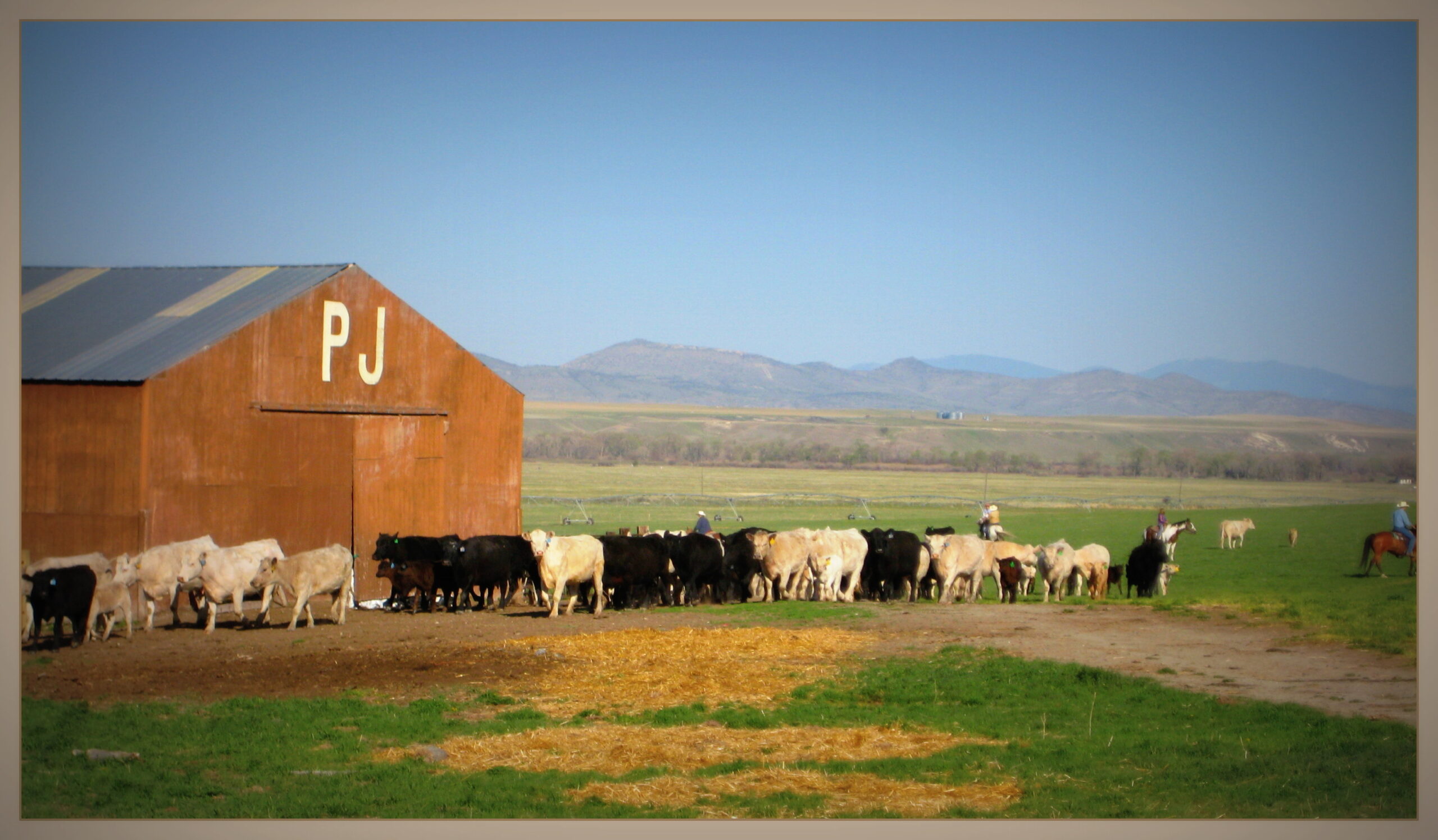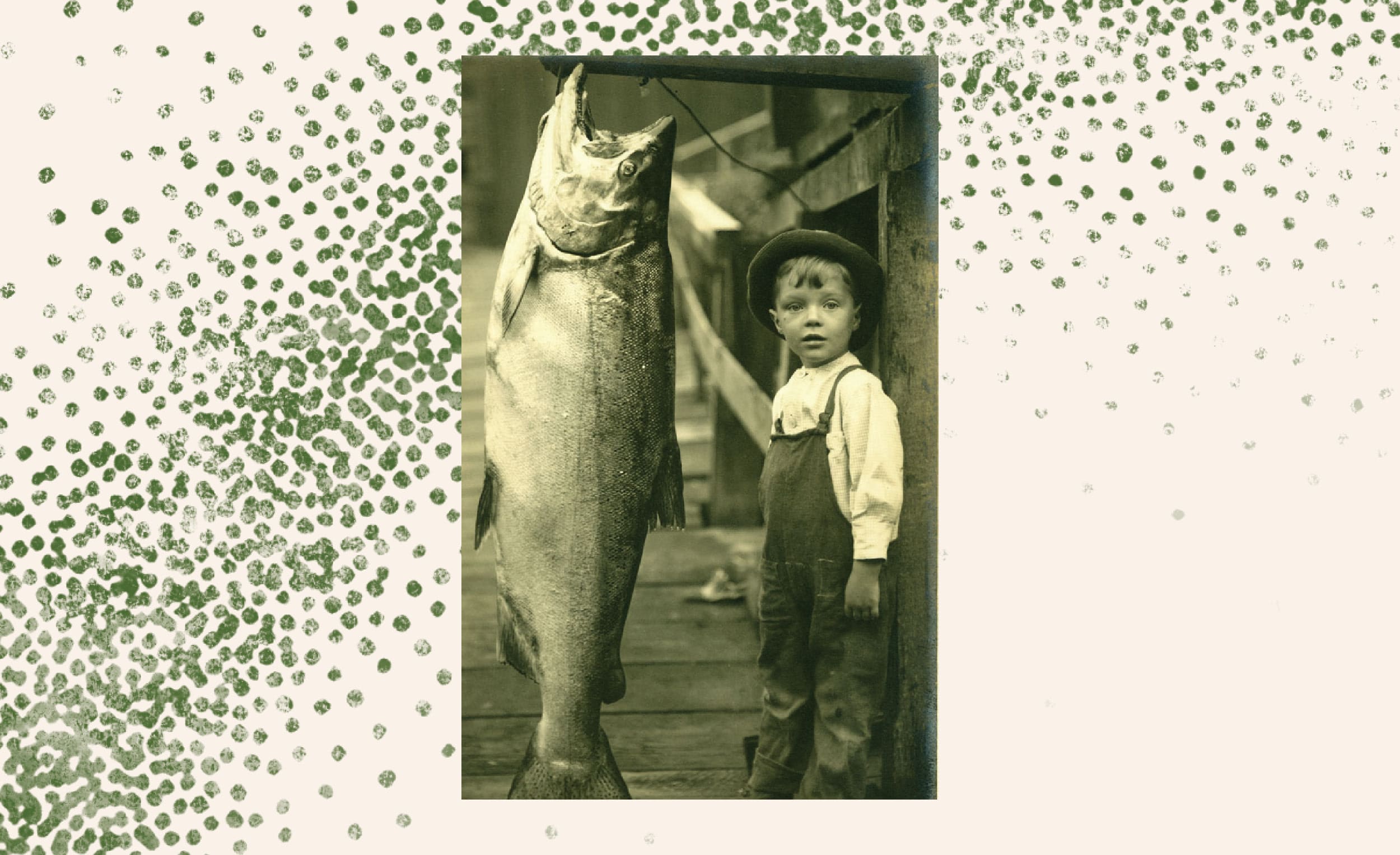Last Saturday was roundup and branding day at my ranch in the Madison River Valley, about 20 miles west of Bozeman. Neighbors came to help and I put the P J (my registered brand) on the left side of my calves. As I carefully placed the irons on each calf (yes, they are hot, and yes, there is short term pain but it seems to subside quickly) I was reminded of why branding came to work so well in the West.
In the old West a statewide registration of brands developed rapidly. Often a brand registration system was one of the first pieces of legislation a territory would pass (for more details, see Anderson and Hill’s The Not So Wild, Wild West). Those registrations continue today. You can go to the Montana Brand Registry and find that if a cow has a P on the left rib and a J on the left hip, that cow belongs to the P J Ranch. Or, a PJ on the left shoulder of a horse establishes my clear claim to that horse. I can issue you a bill of sale if you buy one of my horses or cows, and that serves a proof of a legitimate transfer of rights.
This system works well for the people in white hats, my neighbors who want to know who a stray belongs to, and against those in black hats, the rustlers who might want to steal my livestock. The state maintains the registration and enforces ownership claims. And I can use the existing court system to enforce my property rights.

Atrazine is a common chemical used to control broad leaf weeds. Its widespread application in the Midwest has caused concern over its presence in drinking water. Should atrazine be banned, as it has been in most of Europe? Used correctly, atrazine is a cheap way of lowering the cost of food production. Instead of banning it, why not brand it? One could require every user to of atrazine to have, at the time of purchase, a particular tracer placed in his or her container of pesticide. A registration of users would be maintained by the state. Then if levels of atrazine in drinking water exceed a specified level, those harmed (and proof of harm is an important part of common law remedies) could take those responsible to court.
Of course the use of tracers must be coupled with a common-sense understanding that “the dose makes the poison.” We now have the ability to measure extremely minute amounts of potentially harmful chemicals in our air and water. The fact that atrazine may be measured in ground water doesn’t necessarily mean harm has been done. If one of my cows sticks her head through the fence and eats a mouthful of grass, I may owe my neighbor a couple of pennies. But my neighbor shouldn’t be able to shut down my entire ranching operation.
Notice that branding doesn’t remove the state from the scene, but instead focuses its coercive power on the definition and enforcement of property rights, which penalizes those who act irresponsibly and rewards those who don’t infringe on the property rights of others. Having my cattle branded reduces the transaction costs of running a responsible ranching operation. Branding pesticides and herbicides would have the same positive effect on environmental quality.



